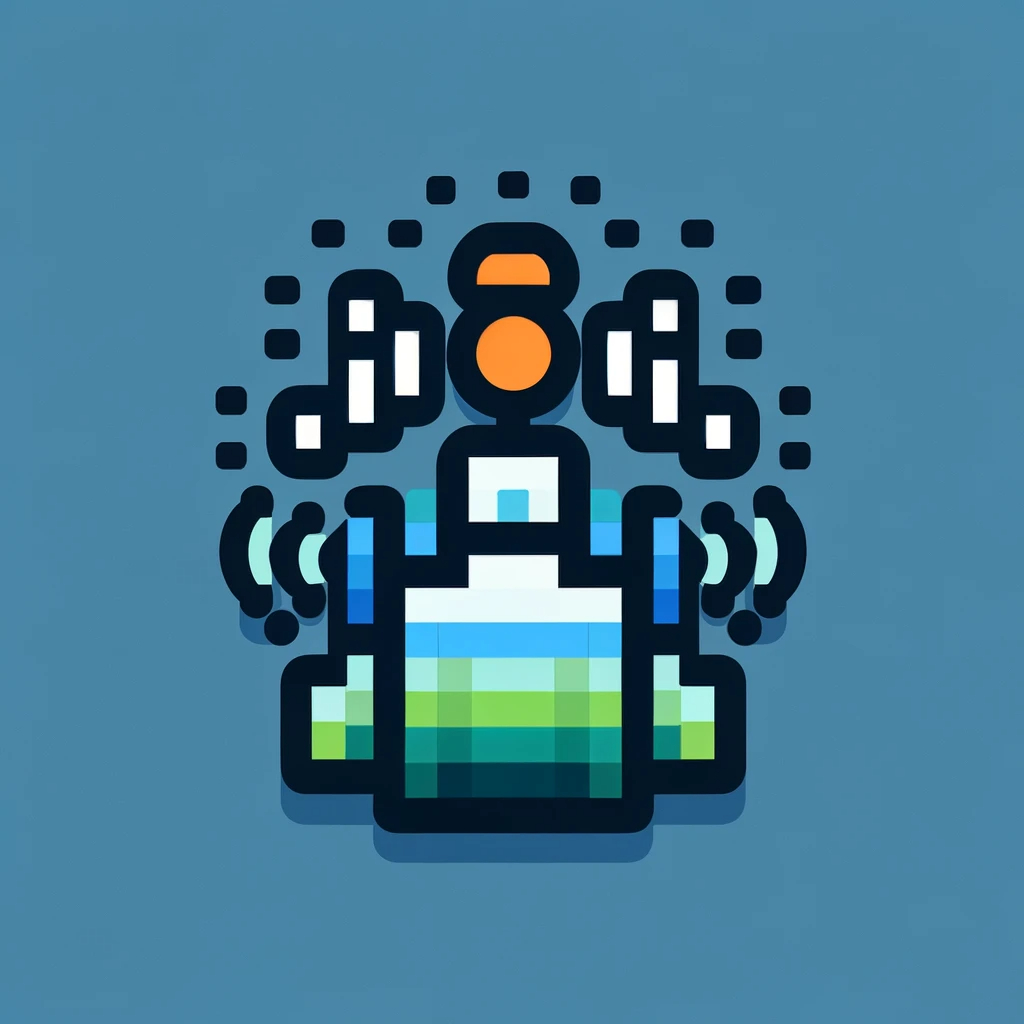105 reads
NExT-GPT: Any-to-Any Multimodal LLM: Abstract and Intro
by
July 31st, 2024
Audio Presented by

Research & publications on Auto Encoders, revolutionizing data compression and feature learning techniques.
Story's Credibility

About Author
Research & publications on Auto Encoders, revolutionizing data compression and feature learning techniques.